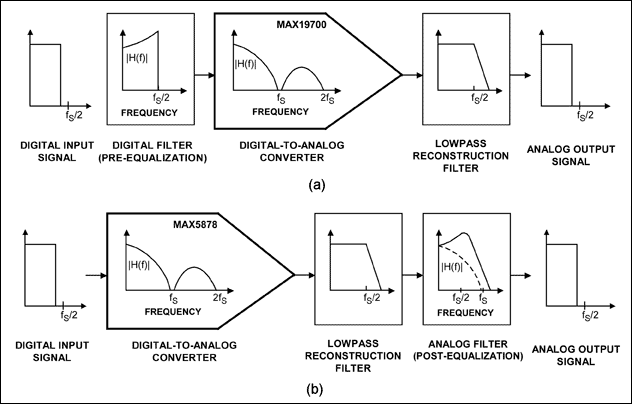If you want decent quality then you'll need a reconstruction filter and a low pass filter. Clearly the low pass filter is to prevent unwanted HF quantization noise being forwarded to whatever is connected to the output but, the DAC reconstruction filter does something that all decent quality DAC systems need to consider. It corrects for the fundamental amplitude error produced in all DACs. Consider this: -

The digital input signal to the DAC is totally flat in the pass-band and then after the DAC and low pass filter (flat to Fs/2) there is a loss of signal level at the top end of the spectrum. This is natural for all zero-order-hold DACs (this includes the DAC8531).
That attenuation starts happening as the desired frequency starts getting a little close to the sampling frequency. This is the formula that describes the attenuation: -

Where f is the desired frequency and fs is the sampling frequency. A couple of solutions might be: -

Here's a very good article from Maxim where I stole the pictures. If you aren't too bothered about a 3 dB loss at the high end of your spectrum then I wouldn't worry about all of this. The DAC8531 is barely hi-fi quality so it probably doesn't matter.



